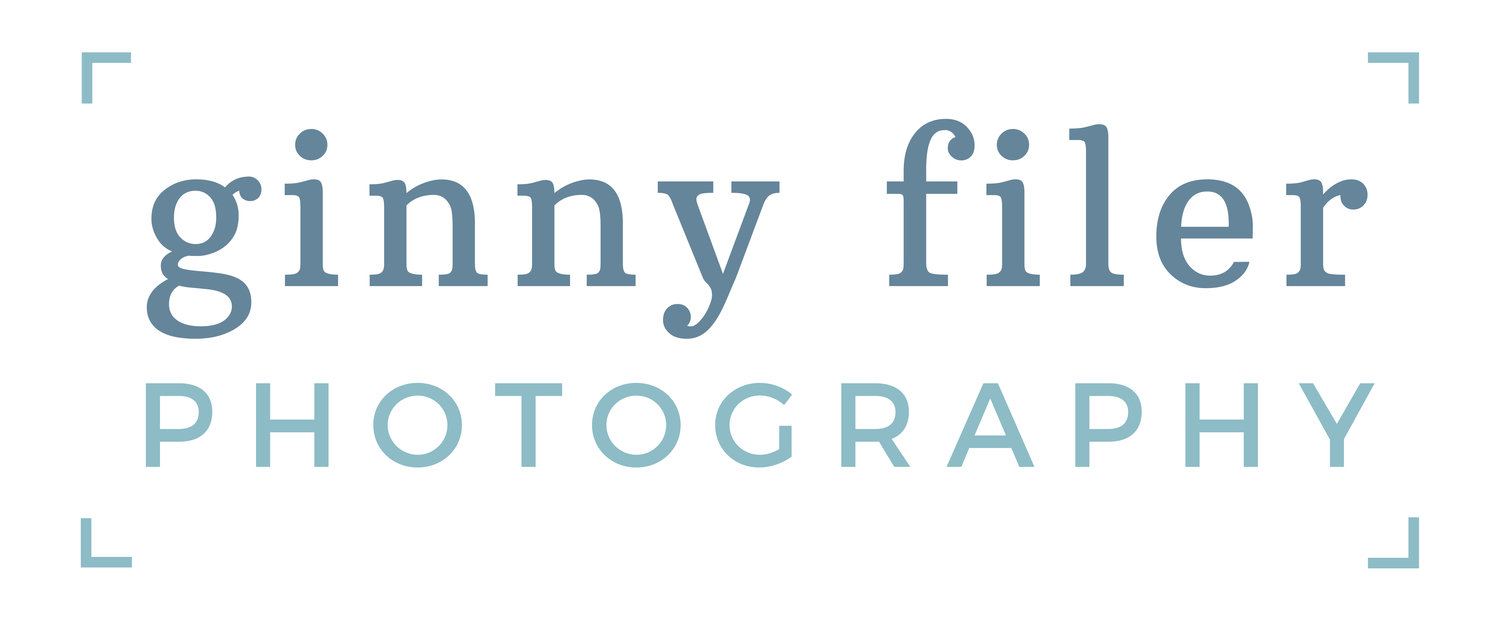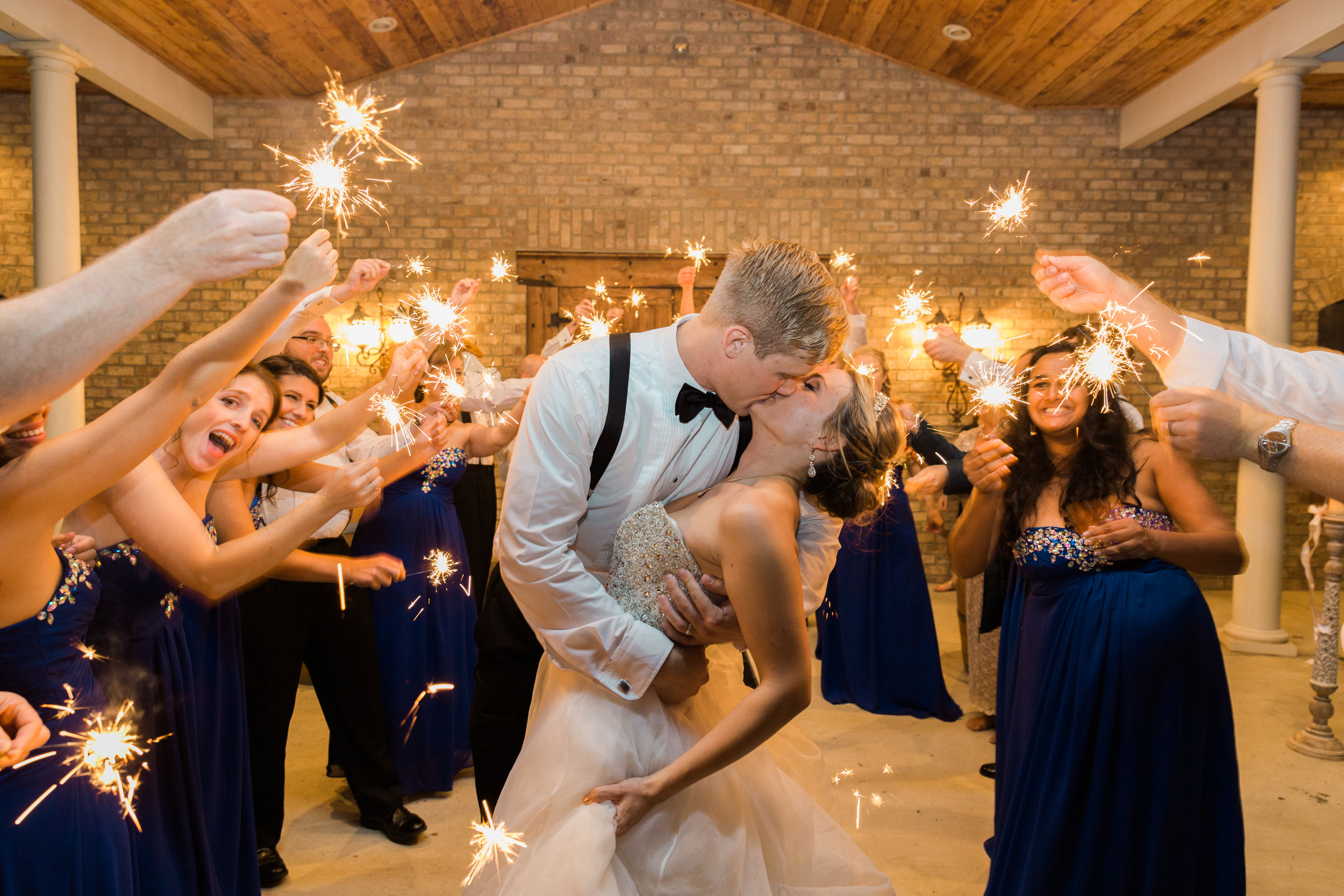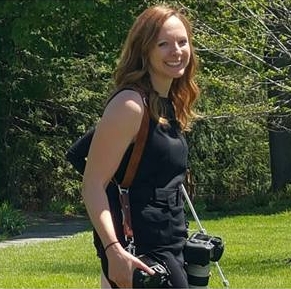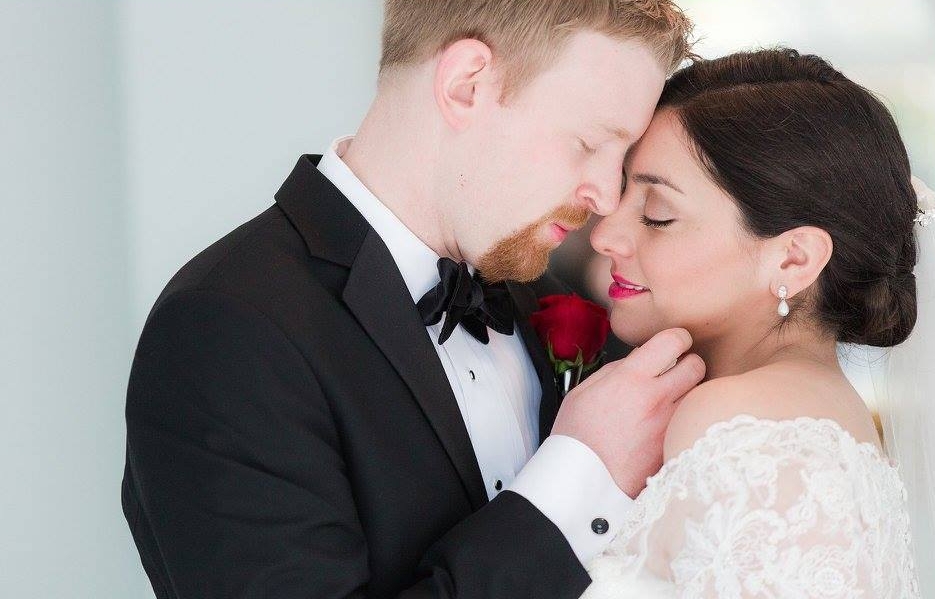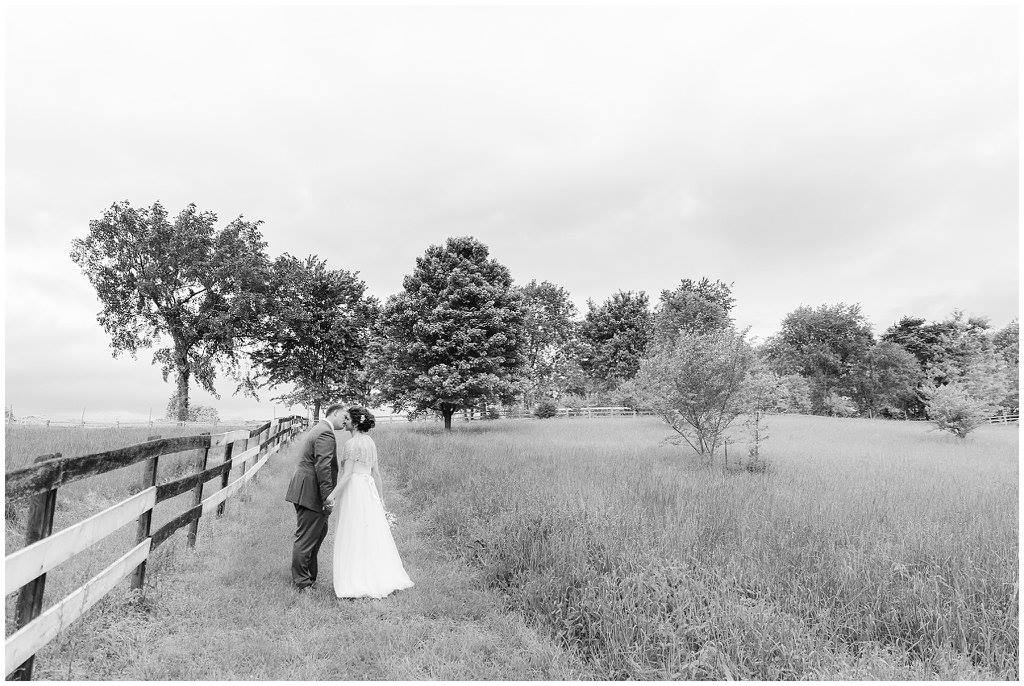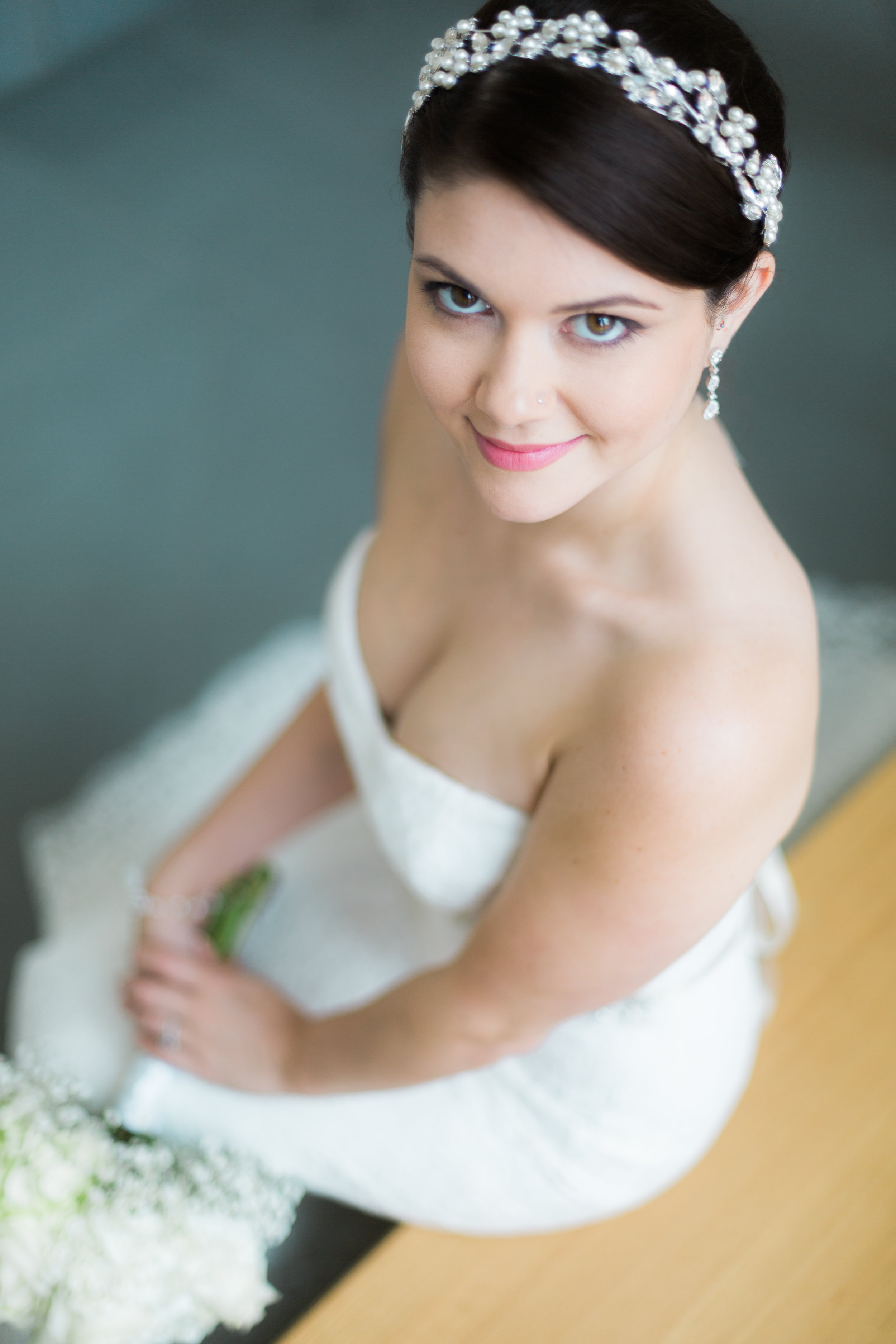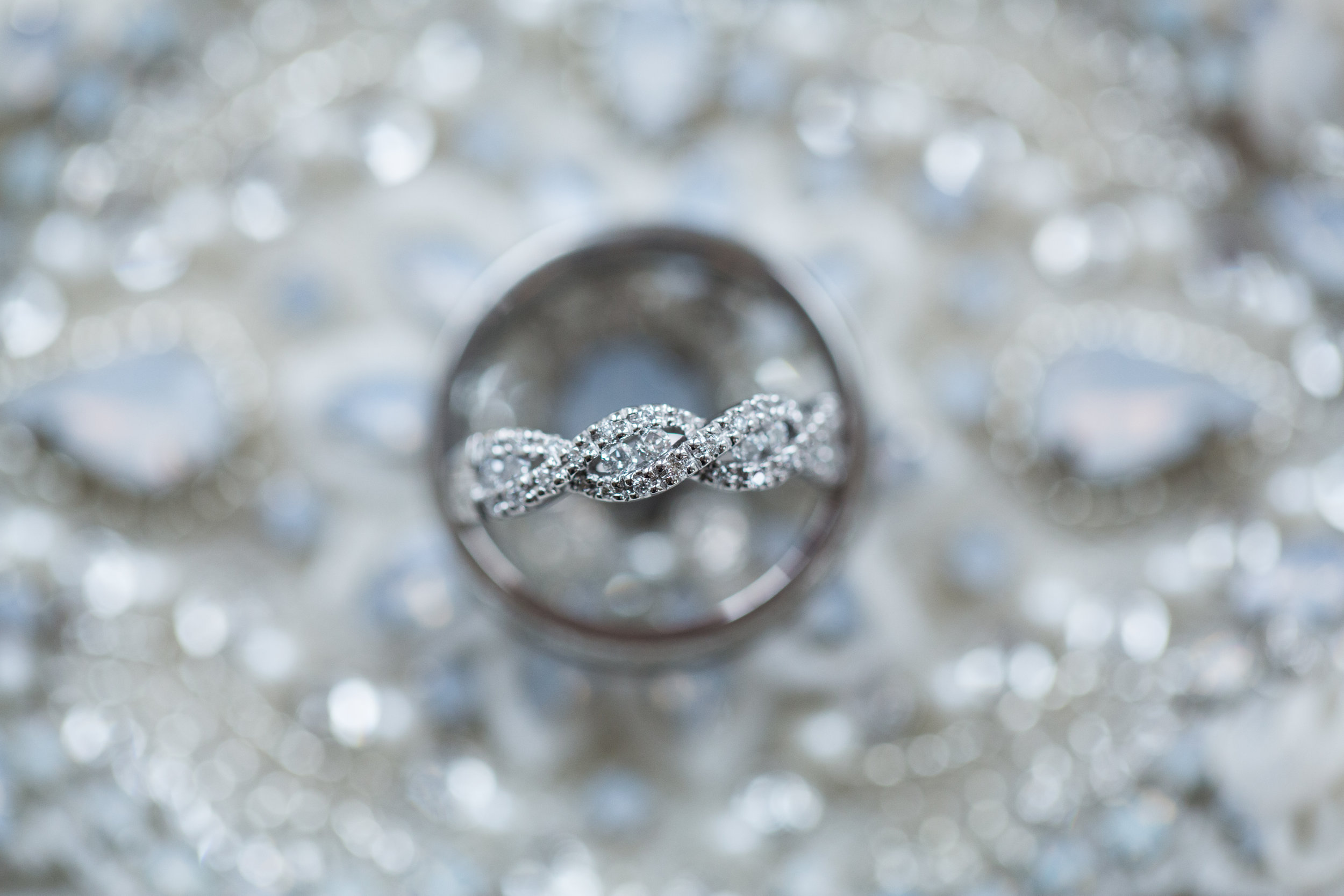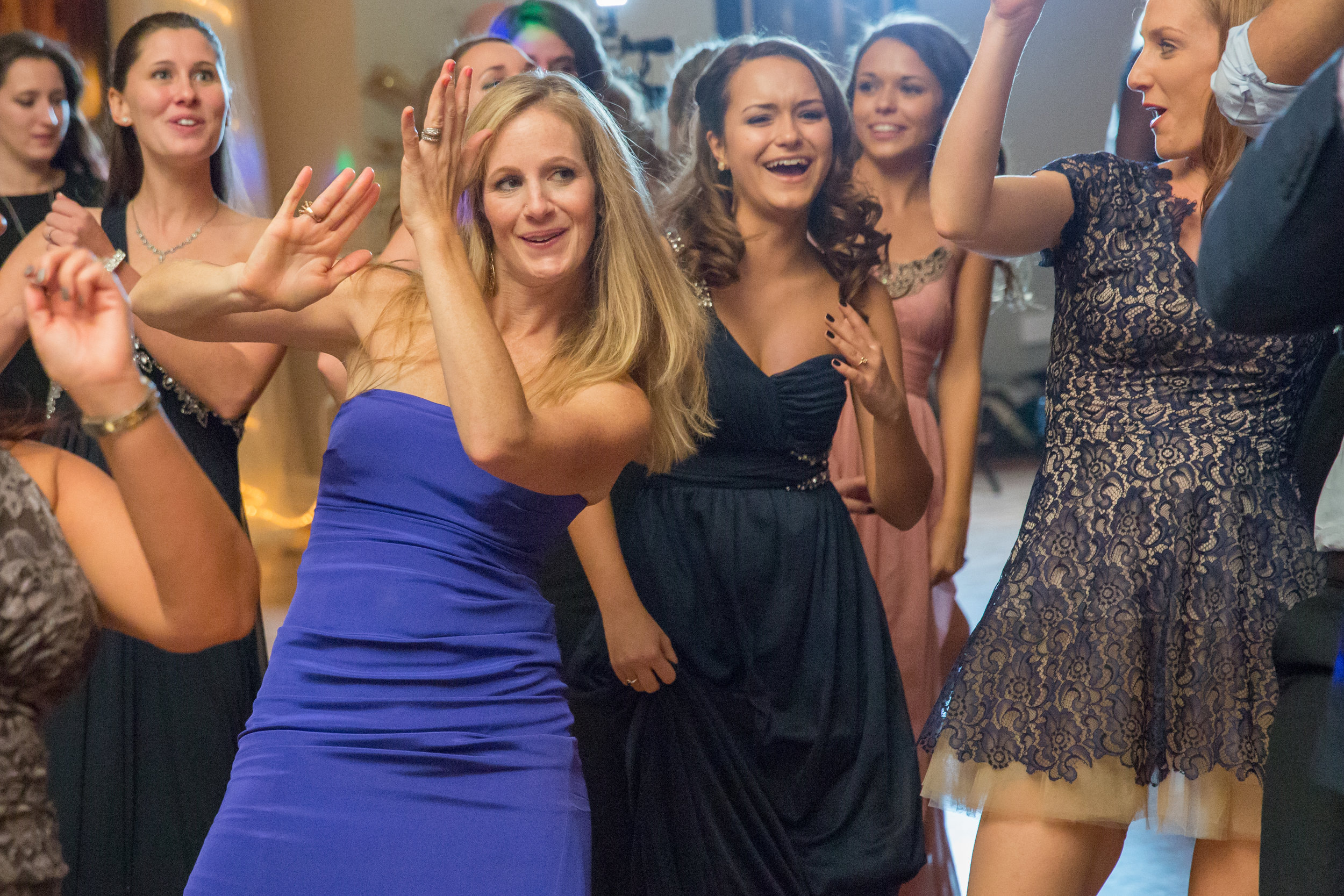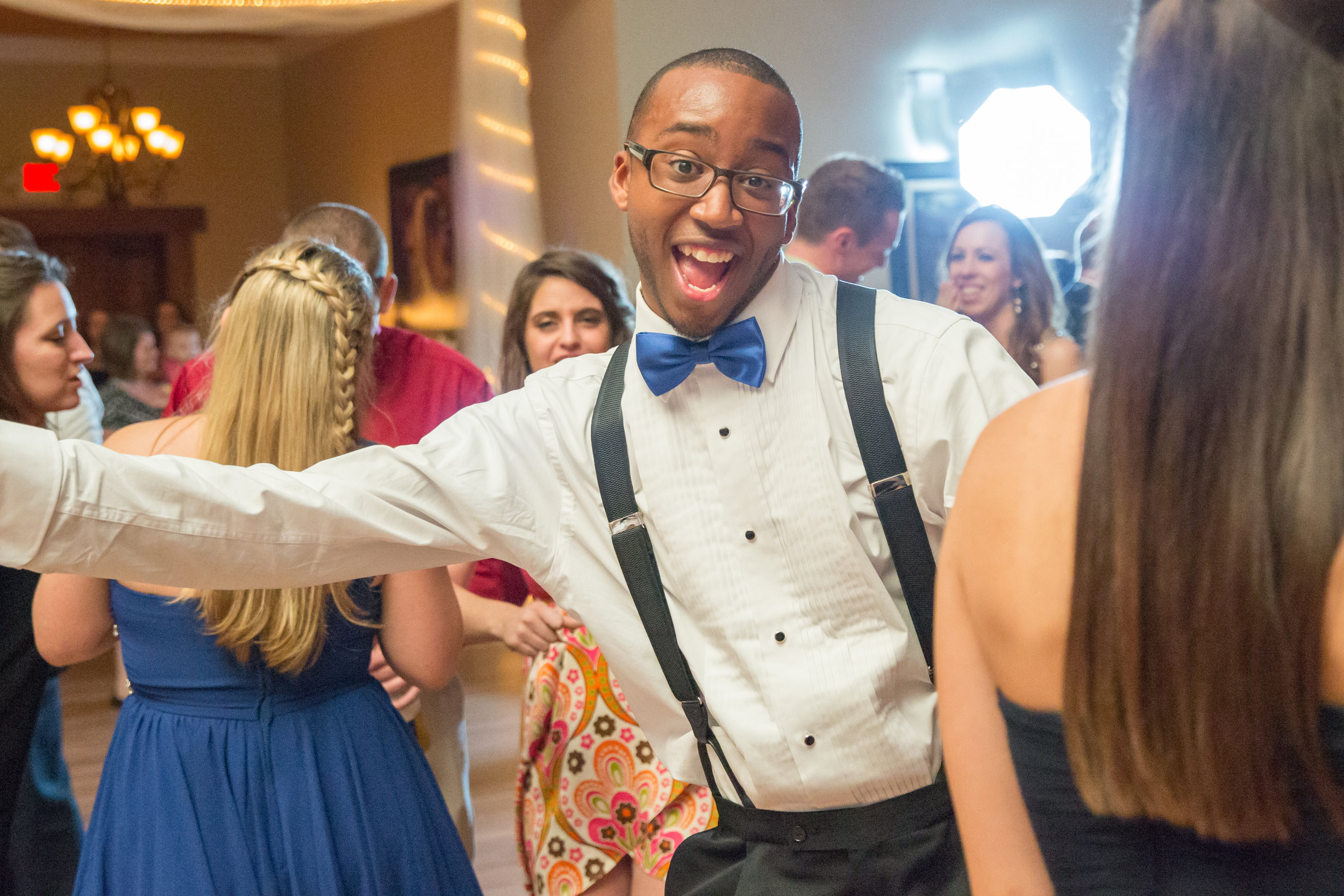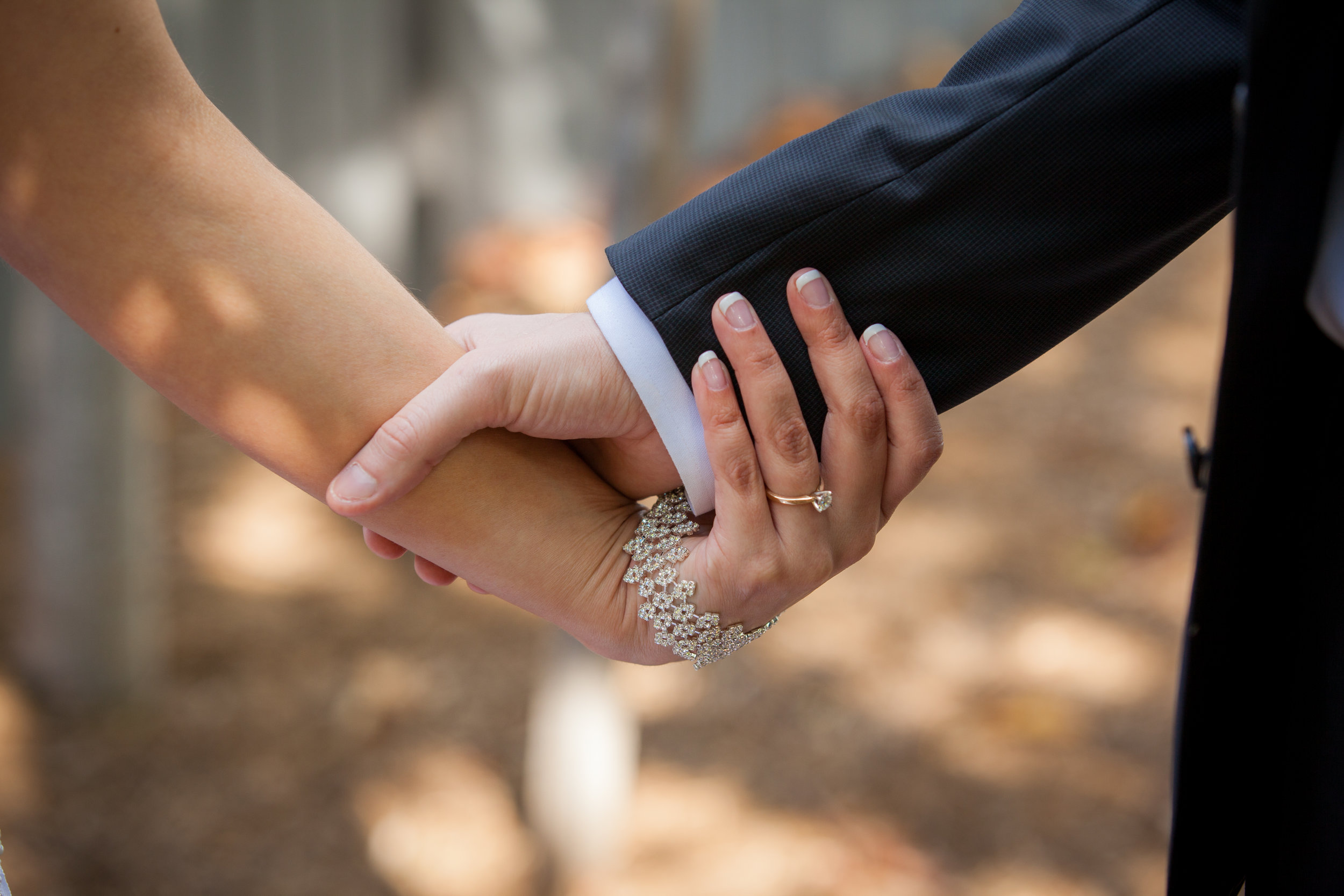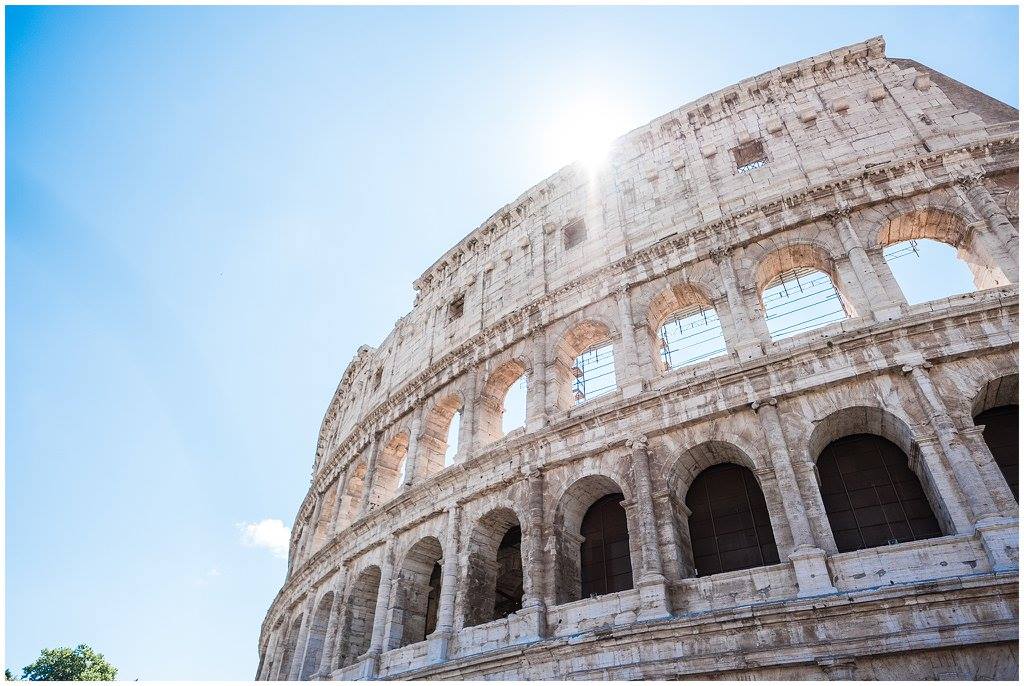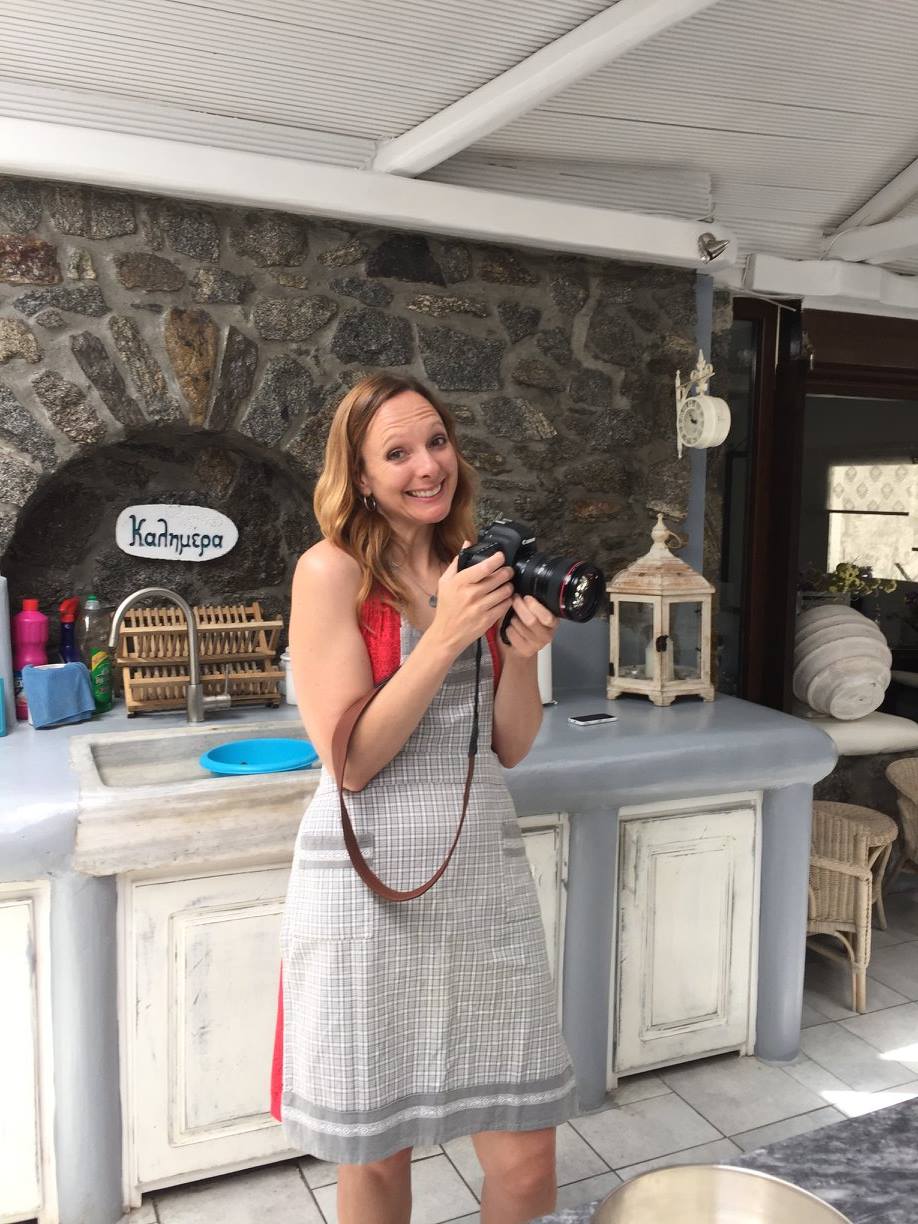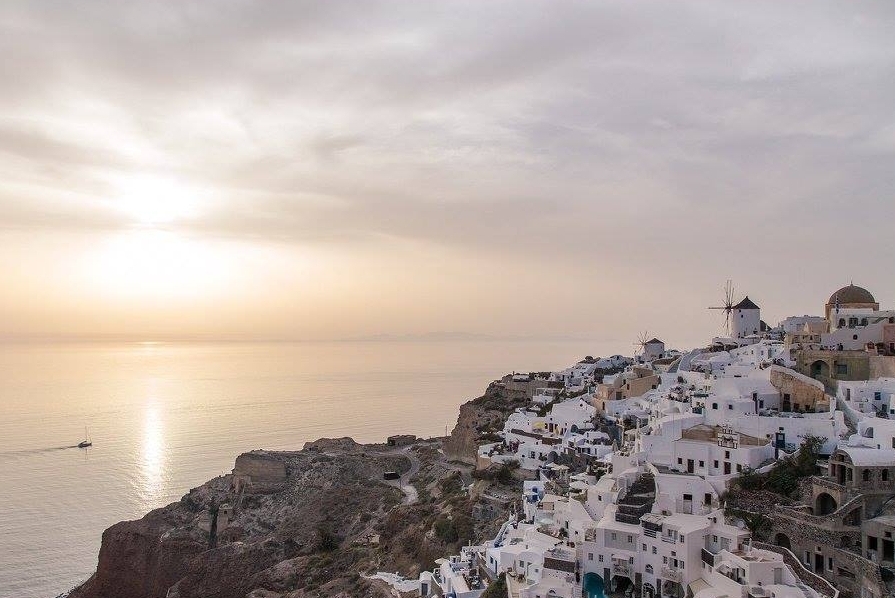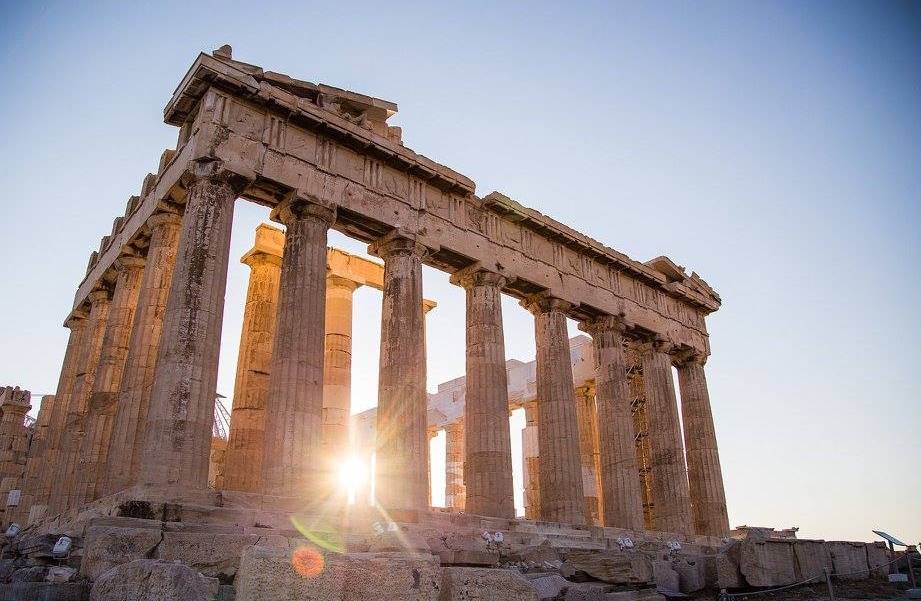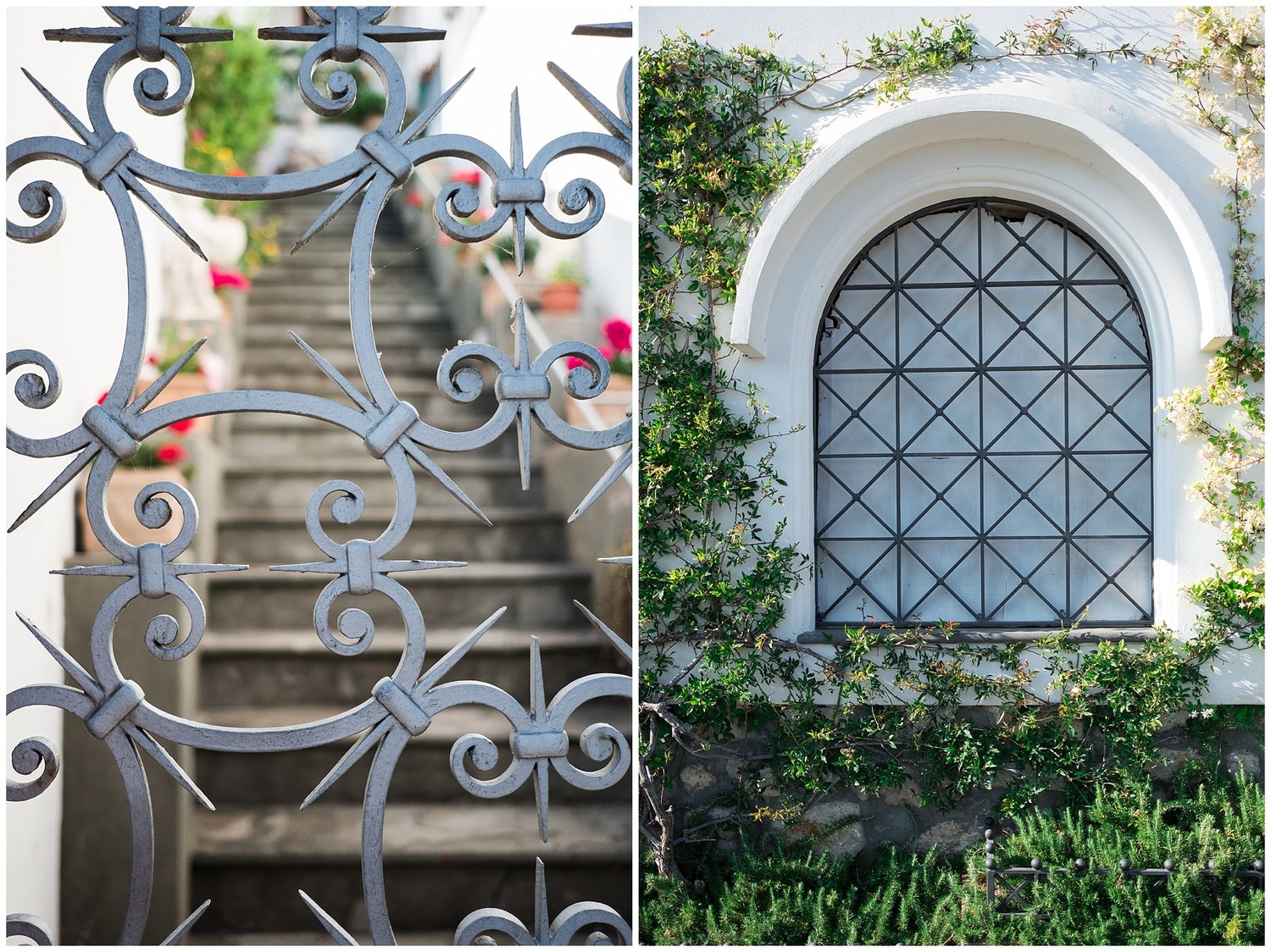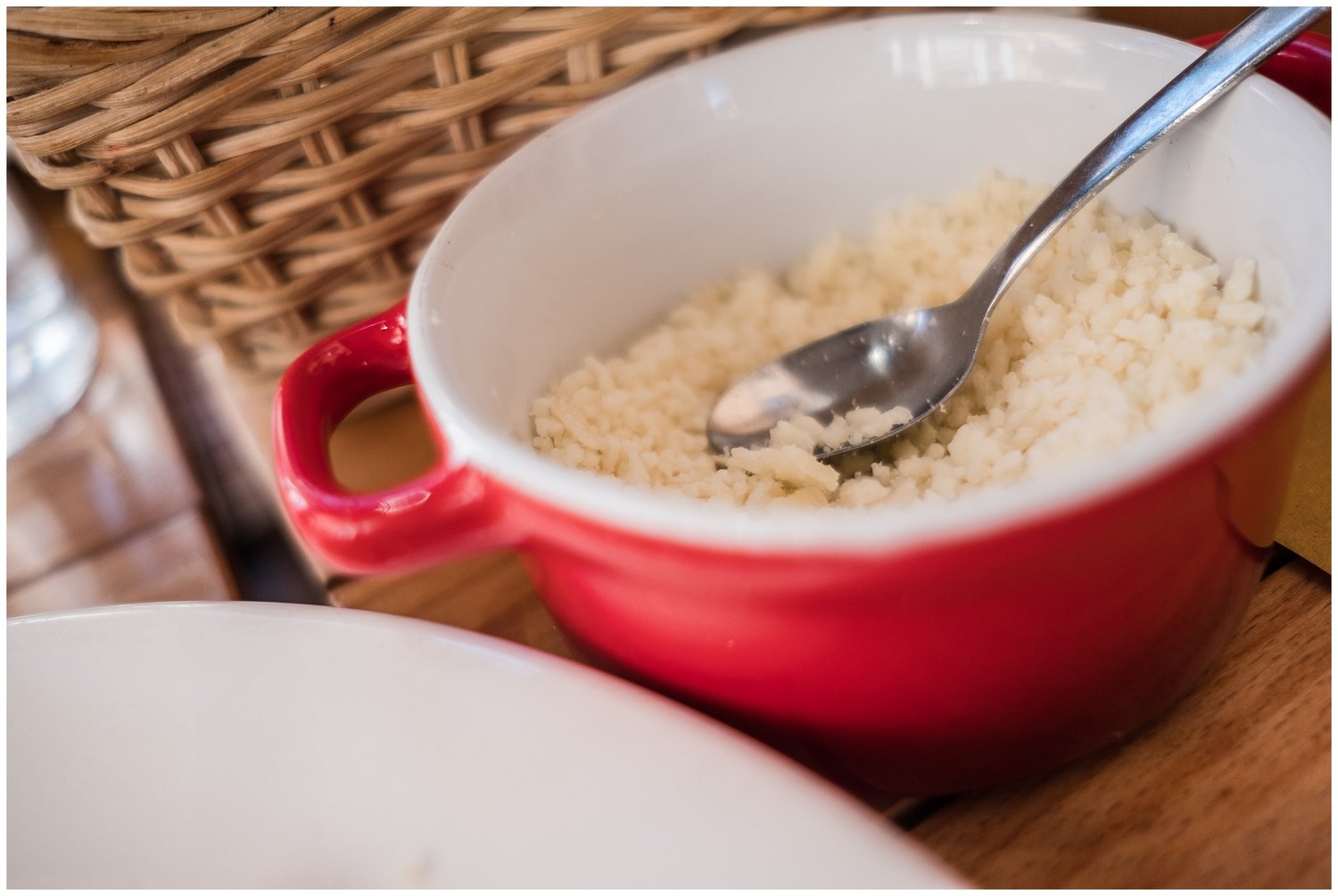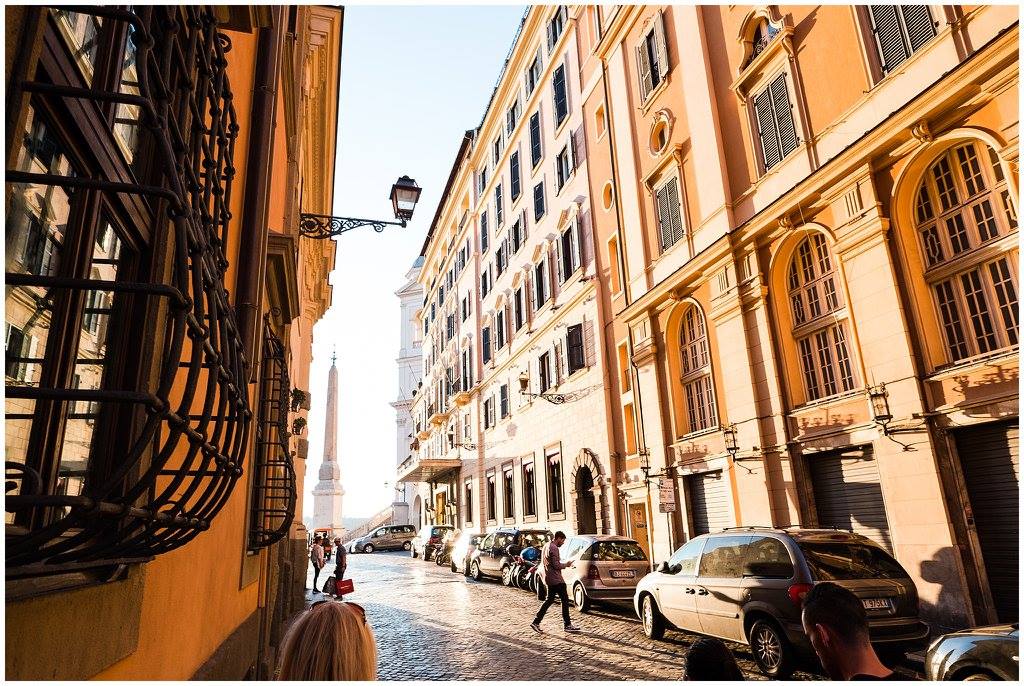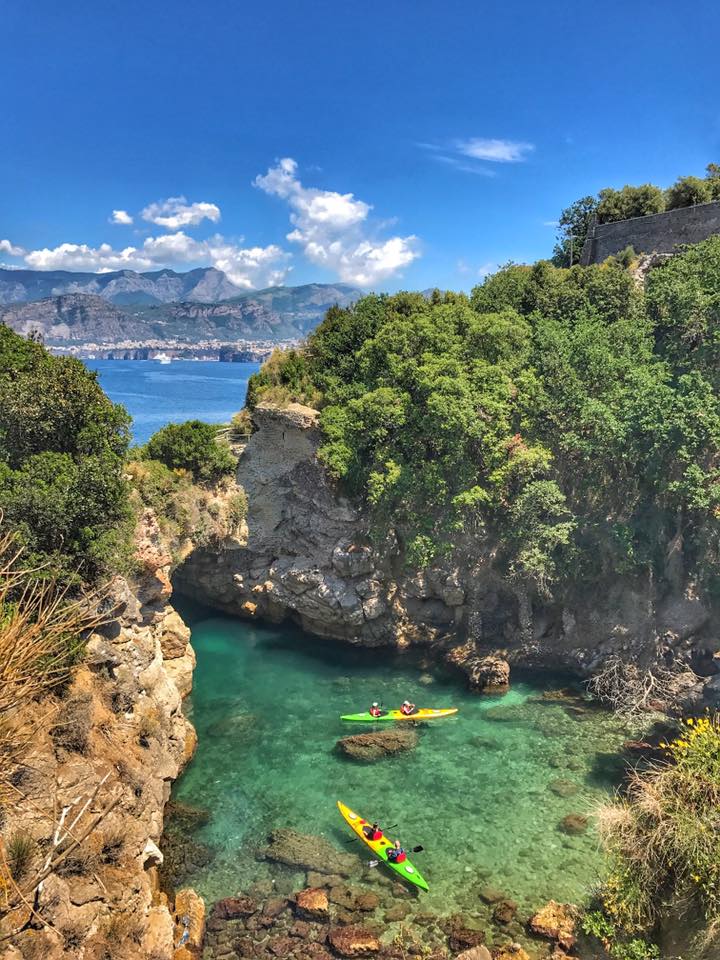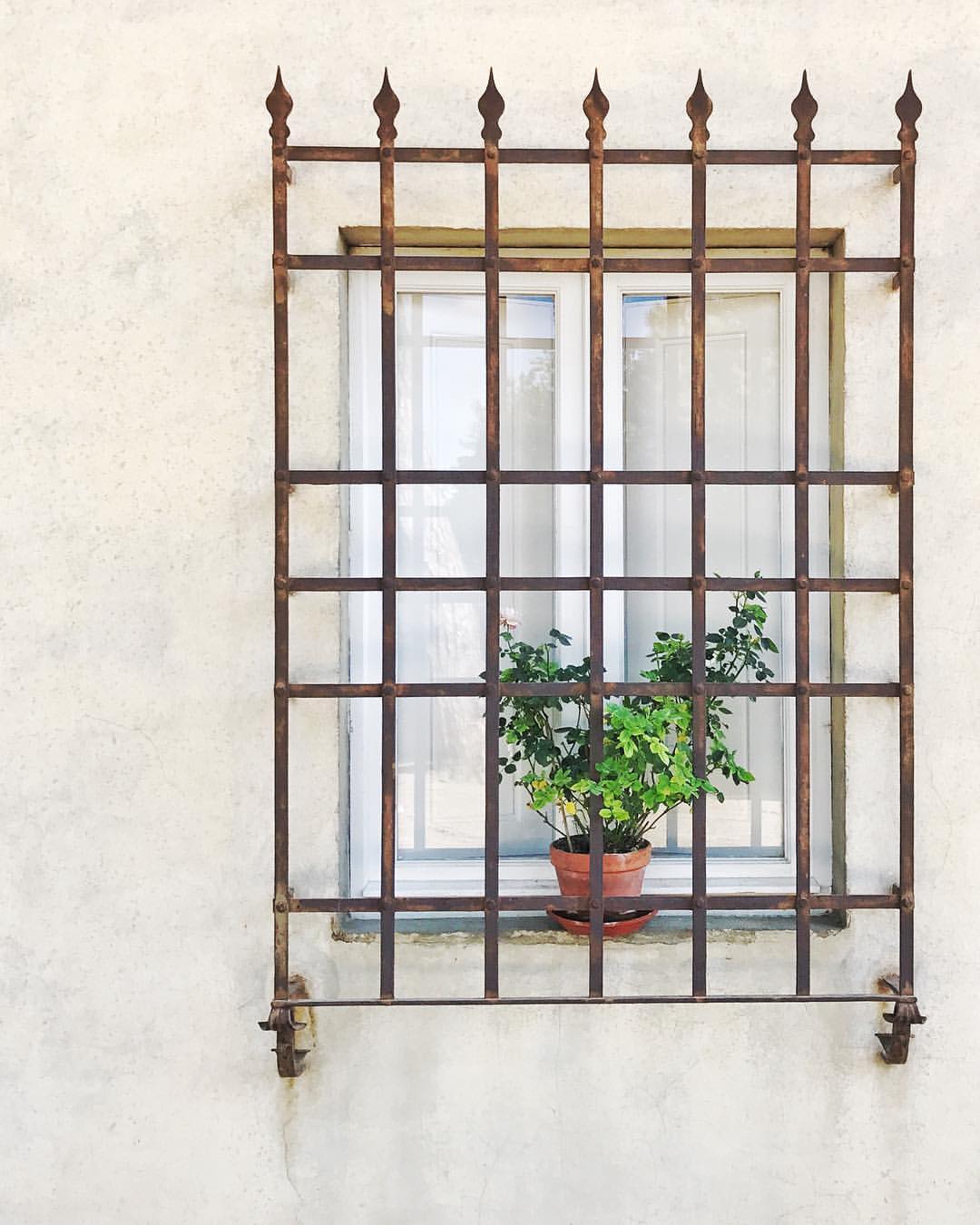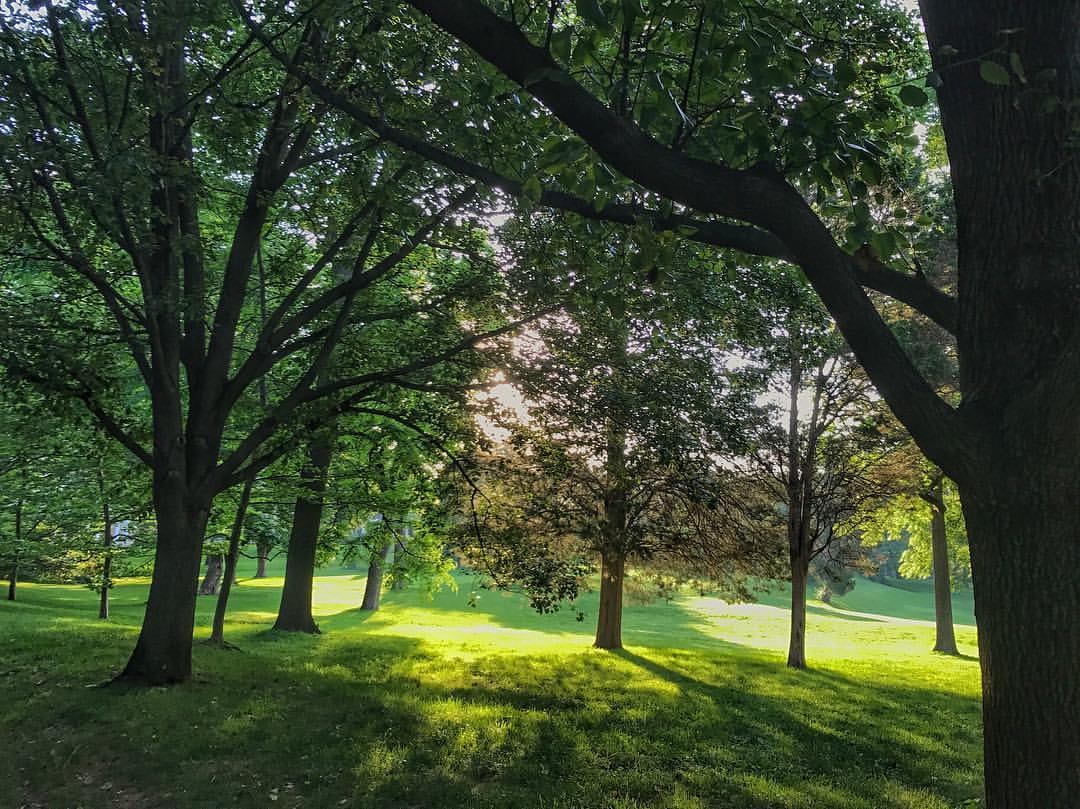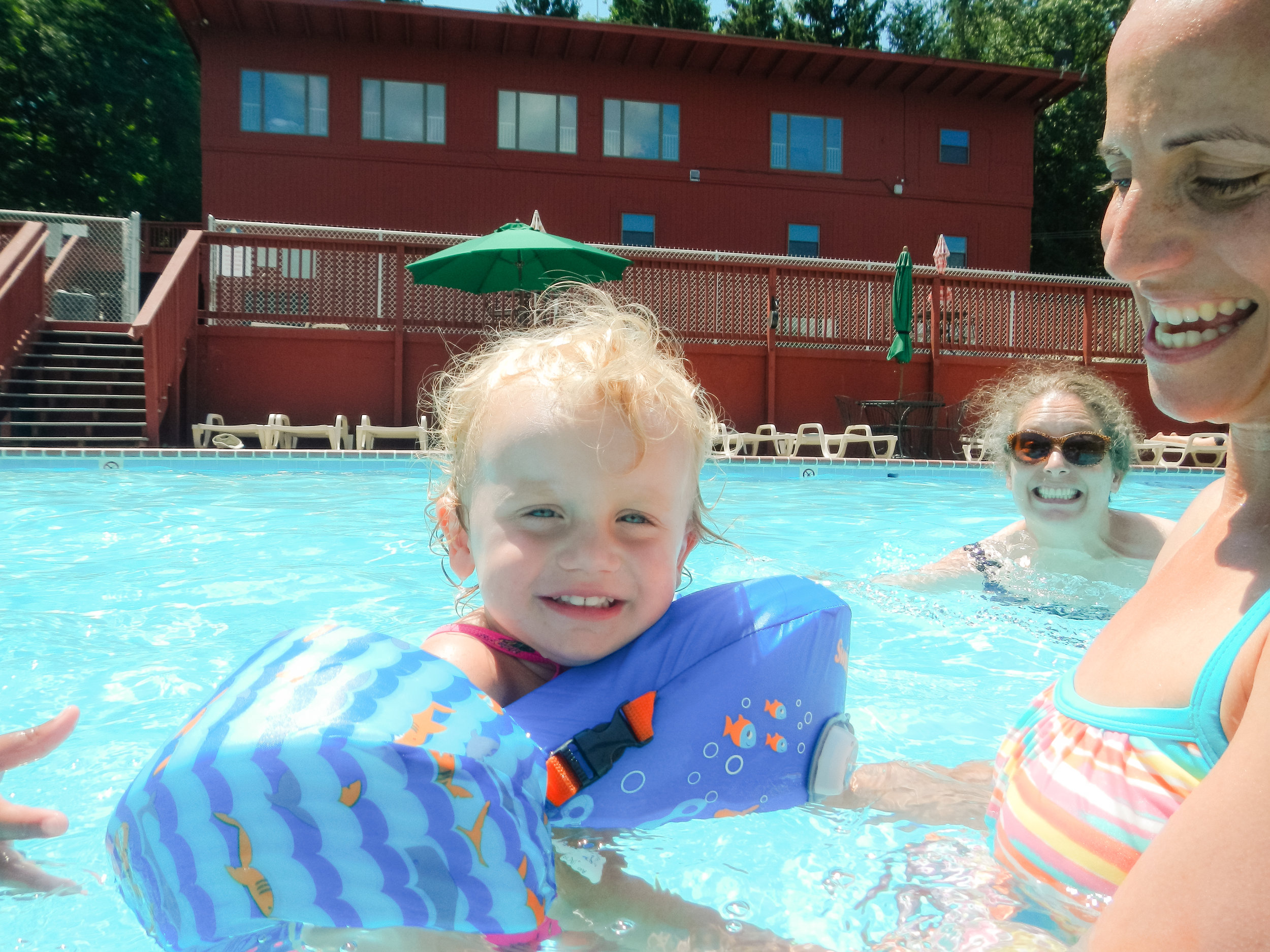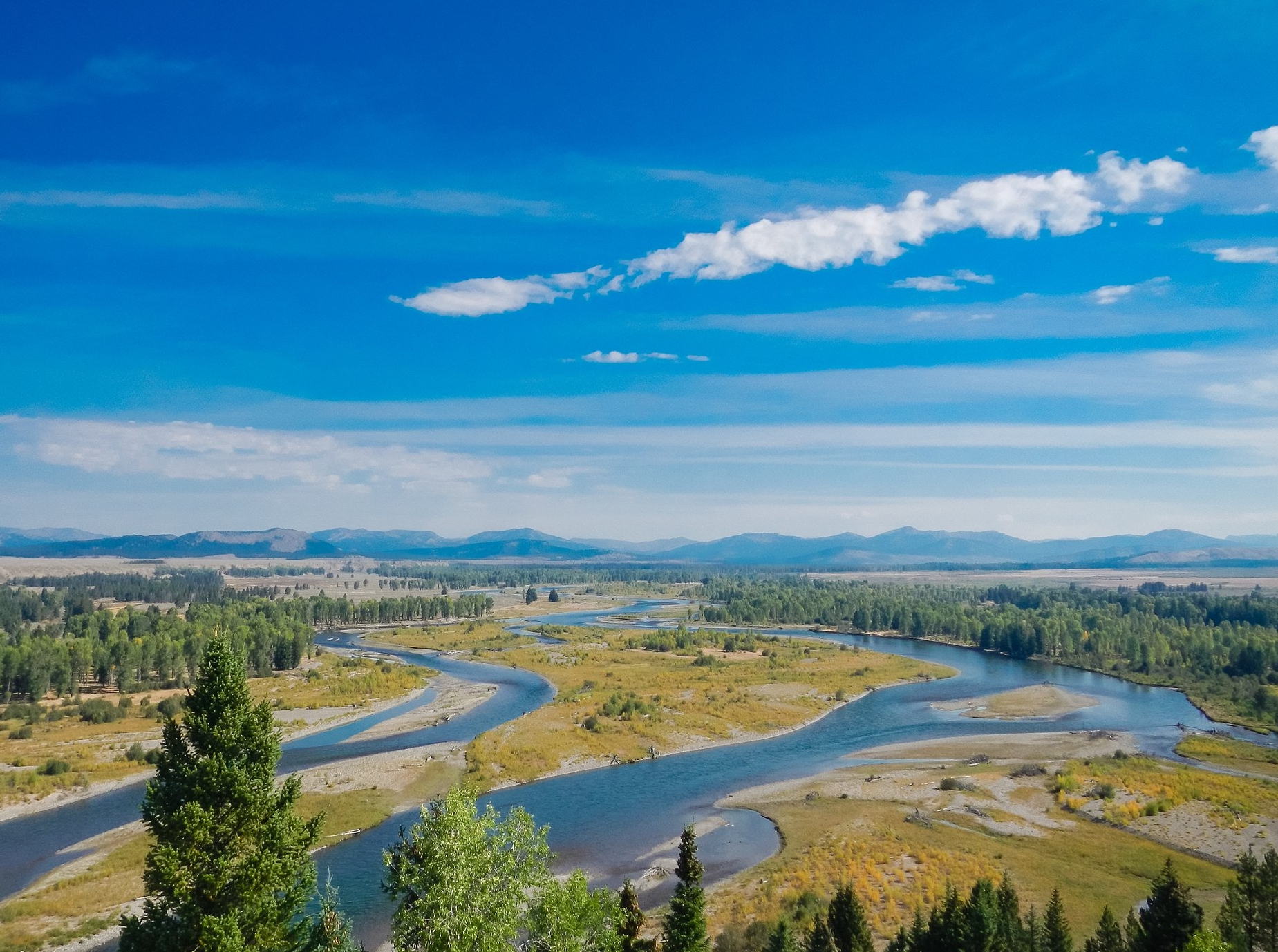Okay – so you’ve thought through these questions. Now what? Here are some tips based on some common answers!
I just want good photos, keep it simple and easy
You aren’t looking to go pro or even worry about all the manual controls, you just want a step up from your phone and something that can capture images quickly and not weigh you down. Here are few ideas of some basic point and shoot cameras at various levels and price points!
Look out for sensor size (the larger the better) and whether it’s not it’s important to incorporate things like video, wifi connection, ruggedness, etc.
I want some room to grow and learn
An entry level DSLR is a great place to start. Canon and Nikon have always been and will continue to be the leaders in the industry. I would strongly recommend picking one of the other!
A DSLR allows you to switch out lenses and take full manual control of your camera. You can also fall back on the automatic mode when necessary, but there is room to grow and learn. Higher price points will afford you better performance in low light, faster shooting speeds, more focus points and greater control.
Most cameras include a "kit lens.” These are not going to be your top of the line lenses, but they are a good starting point to learn more about your camera and then determine what you’re missing and how you want to invest in lenses. I want to zoom closer, or a greater “depth of field” (that blurry background), etc.
It will give you a chance to learn the limitations of your camera vs the lens.
Here are some good starter DSLR’s!
I want to travel light but still have control
irrorless cameras have really come into their own across the past few years. They afford you the manual control of a DSLR, the ability to interchange lenses, but with a much smaller body size. I bought my first one last year and have been pleasantly surprised with what it can do! I took it to Italy and was very happy with my photos!
But do not be fooled that this is a cheaper option. The bodies will still cost you and those additional lenses are another set of expenses that do not interchange with a DSLR.
This is also where Canon/Nikon have not led the market. Right now Sony and Fuji are the market leaders with some the best mirrorless systems out there. Here are two good ones to look at! (I own the Fuji)
I’m ready to move to the big time
ou know you want something robust and are ready to really invest in some solid, professional gear. (yah!!) Here are some big boys to get you going. The kit lens is still a safe place to start as you begin to build your library of lenses based on your needs!
Canon 5D Mark IV- the latest and greatest from Canon. I will admit to be drooling over this one just a little!
Canon 5D Mark III- my work horse- I own 2 of these guys and I love them so much!
Canon 6D- this is my backup/travel version. I can still use all the same lenses as my Mark III, but it’s just a little bit more lightweight and simpler for everyday use.
Canon 7D- a bit cheaper, just keep in mind this has a cropped sensor (vs full frame) so it will not interchange lenses with the higher full frame models.
More questions? Don't hesitate to reach out! I'm happy to help answer any questions!
We are a participant in the Amazon Services LLC Associates Program, an affiliate advertising program designed to provide a means for us to earn fees by linking to Amazon.com and affiliated sites.
